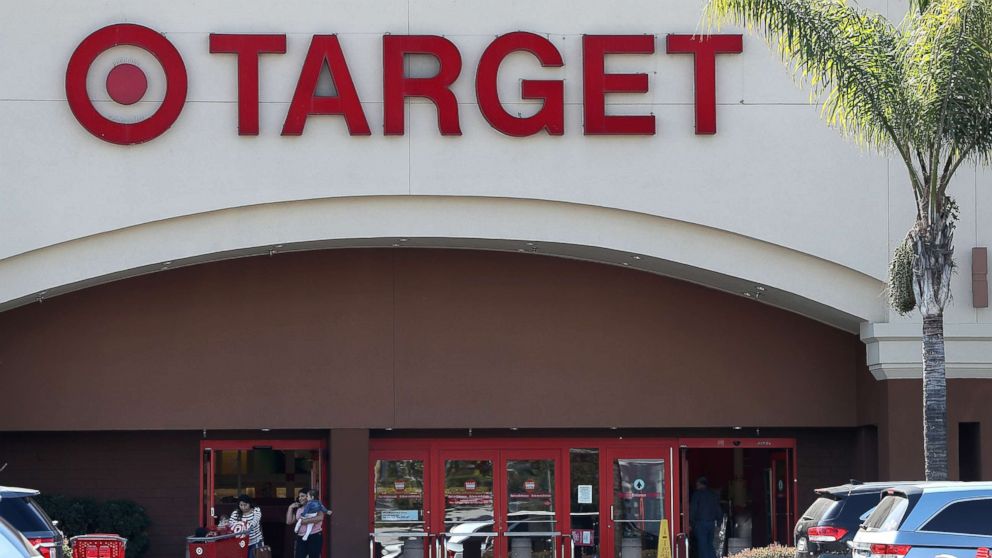Online shopping hasn't killed brick-and-mortar retailers
Many retail chains are actually quite healthy.

— -- Reports of the death of bricks-and-mortar retailers, as Mark Twain famously said, are greatly exaggerated.
Some people are doubling down on this pronouncement after some big chains, including Macy's, said they were hiring fewer seasonal workers. But those who read closer will see that other retailers are doing just the opposite. Target, for example, plans to increase total holiday hiring by 43 percent -- its first increase in five years.
Target is emblematic of the reality that gets lost in the eagerness of the mass media to declare the death of shopping malls: Though some retailers are withering, many retail chains are actually quite healthy.
The notion that bricks-and-mortar stores are moribund is fed by these three myths:
All major retailers are suffering. Online sales are growing for all retailers, but nearly 85 percent of retail sales still take place in stores. And major retailers, including Nordstrom, Dick’s Sporting Goods, Burlington Stores, T.J. Maxx and Target, are undertaking significant expansions this year.
Traditional and online retailing are separate entities. Actually, the two work in tandem. Nordstrom is opening smaller stores with limited inventory to support its growing online operation. (You’ve probably been told in a clothing store that you can get the color you want online.) Shoppers can now go into Target to buy Casper mattresses, formerly sold only online. According to marketing expert Allan Haims, shoppers have come to view online and in-store retailing through “a single lens.”
Millennials shun traditional shopping, and seldom visit retail stores. Actually, they’re leaving home to shop in droves, visiting multiple locations in one outing to find what they want -- an important vital sign for the future health of bricks and mortar.
"The retail industry has been operating on the outdated assumption that boomers are shopping for deals primarily in-store and millennials are searching for deals mostly online," says Greg Petro, president and CEO of First Insight. "But the behavior of these two generations is evolving.”
Instead of fixating on the next sexy online enterprise, investors will likely see new allure in retail chains based on something that’s been forgotten amid the digital fever: capital. Big chains have better resources than purely online enterprises to pay for warehouse space, giving them a leg up. And retailers that execute online sales adroitly and burnish their brands in cyberspace stand to do well against purely digital disrupters. Meanwhile, as physical stores become viewed as essential to compete, purely online enterprises will face new capital and management challenges that are old hat to bricks-and-mortar chains.
No, real stores aren’t dying—they’re just changing. They’re taking a page from online retailers’ book, and vice-versa.
Dave Sheaff Gilreath is a founding principal of Sheaff Brock Investment Advisors LLC. He has more than 30 years of experience in the financial services industry. Neither he nor members of his family own shares of retail stocks.
Any opinions expressed in this column are solely those of the author.




